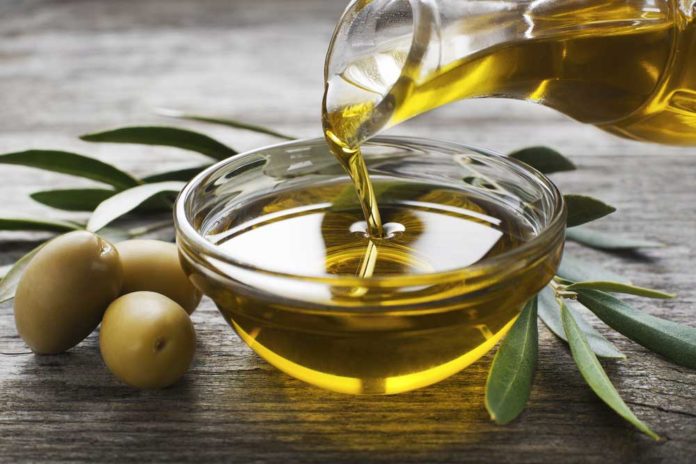Getting Familiar with Olive Oil
Olive oil is merely the oil obtained from the olive fruit, particularly by pressing the whole olive. Being a pure fat source, olive oil is free of carb and protein and ultimately provides 14 grams of fat and 120 calories per tablespoon. Supplying a low content of saturated fat and polyunsaturated fatty acids (PUFAs), olive oil is recognized for the monounsaturated fatty acids (MUFAs) it supplies.
Also known as a “healthy fat,” MUFAs are suggested to decrease harmful LDL (or “bad”) cholesterol and decrease total cholesterol, ultimately protecting and fighting against heart disease. Olive oil has also shown to improve glycemic control, particularly reducing after-meal blood sugars. Aside from its valuable healthy fat content, olive oil is also a significant source of vitamins E and K and exhibits antioxidant properties.
Extra Virgin Olive Oil Vs Olive Oil
When it comes to the disparities between olive oils, they are not based on the type of olive used, but rather the process in which they are formed. Extra virgin olive oil, or EVOO, is the highest quality offered and created from the first press of olives. It is considered an unrefined oil based on its minimal manipulation via added chemicals or oils or through temperature alterations. The careful, mechanical craft produces its golden-green color and fruity, slightly bitter, and pungent flavors. Specific standards must be met to categorize the oil as “extra virgin,” including criterions of acidity or free oleic acid content, or no more than one percent. Oils that do not meet the criteria can be downgraded to “virgin” olive oil, which are also considered an unrefined oil and maintains the purity and flavor of the oil. Interestingly, though, virgin olive oil is hard to find in common grocers, as extra virgin, pure, and light olive oils are the common options.
Olive oil, also known as pure or “regular” olive oil, is considered a refined oil and often a mix of virgin olive oil and refined olive oil, which undergo some sort of heat or chemical manipulation. The refinement process mostly dismisses the noticeable olive aroma, flavor, and color EVOO offers, while containing more oleic acid (approximately three to four percent). Further refinement of the oil creates “light” olive oil, offering a lighter flavor and higher smoke point, making it more feasible to withstand heat in the preparations of baking, sautéing, grilling, and frying.
How to Use Olive Oil
To preserve the richness and natural flavors of EVOO, use it mostly to flavor cooler food items, while using lower-quality olive oils under medium heat. Some ways to use olive oil include:
Flavor Salad Greens
Whether drizzled directly atop or mixed into a salad dressing, dismiss store-bought products filled with unnecessary ingredients and embrace the natural flavors of nutritious olive oil.
Prepare A Marinade
Whether to marinate steak, fish, poultry, or veggies, olive oil penetrates into foods to enrich flavor.
Mix into Pasta Sauce
Like salad dressings, pasta sauces purchased from the grocer aisle can be filled with sugar and unhealthy fats. These five olive oil pasta sauces are not only free of unwanted additives, but simple to prepare!
Make A Healthy Dip
Swap out traditional bagged chips and jarred dips with a heart-healthy alternative, including this roasted garlic hummus.
Drizzle onto Bread
Enhance the flavor of standard bread for your next #ToastTuesday by drizzling atop olive oil and favorite veggies, cheeses, and herbs. In addition to drizzling on top, this bread dipping oil recipe is sure to please!
Sauté Veggies
Sautéing with olive oil not only heightens the nutritional profile of veggies, but enriches their flavor.






